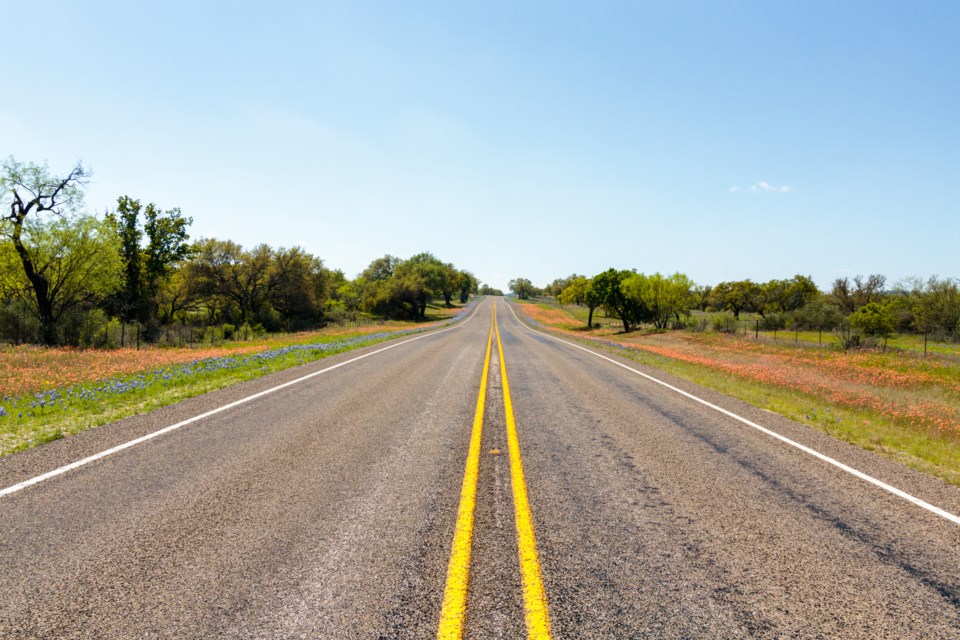Driving throughout Texas you might notice rows upon rows of colorful wildflowers near major roadways and highways. But there is actually a reason for the native species' growth.
Following the establishment of the Texas Highway Department in 1917, officials quickly observed the resurgence of wildflowers at roadside cuts and fills. In 1932, the department appointed Jac Gubbels as its inaugural landscape architect, tasked with preserving and promoting wildflowers and native flora along rights of way.
By 1934, department regulations mandated the postponement of mowing activities, except when necessary for safety, until the conclusion of the spring and early summer wildflower seasons. This practice endured for over 60 years and evolved into today's comprehensive vegetation management system.
According to the Texas Department of Transportation (TxDOT), the Wildflower Program by TxDOT not only enhances the aesthetics of the highways but also minimizes maintenance expenses and labor by promoting the growth of indigenous plant species that require less frequent mowing and maintenance.
Maintenance strategies are designed to foster wildflower growth, including safety, or strip mowing, which allows wildflowers and native grasses to flourish. TxDOT now oversees 1.2 million acres through the Wildflower Program.
TxDOT procures and disperses approximately 30,000 pounds of wildflower seeds annually. The peak season of wildflower bloom attracts tourists from across the nation, eager to witness the vibrant colors unfurling each spring. March, April and May are prime blooming months in Texas for almost 5,000 species of wildflowers and native grasses.
But the wildflowers also create a positive effect on the environment. Both grasses and wildflowers contribute to water conservation, erosion control and the provision of wildlife habitats.
Every year, monarch butterflies embark on a migration journey from Canada to Mexico, passing through Texas along the way. TxDOT pledged to support these creatures by establishing natural habitats for them throughout their route. Special gardens known as pollinator waystations were crafted at safety rest areas along Interstate 35 to offer refuge and sustenance for the winged travelers.
Don't miss anything Local. Sign up for our free newsletter.




